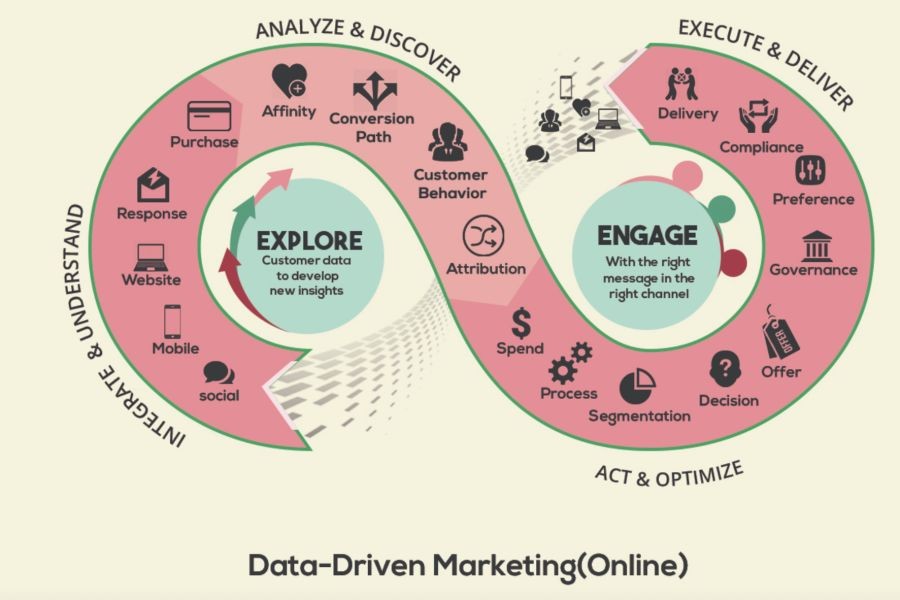In an era where climate change poses an existential threat, New Zealand finds itself at a crossroads. The country's unique position, both geographically and culturally, offers a distinctive opportunity to address these environmental challenges through indigenous wisdom. Māori environmental guardianship, or kaitiakitanga, is increasingly being seen as a potentially transformative approach to sustainability. As New Zealand confronts rising sea levels, increased natural disasters, and biodiversity loss, the integration of Māori practices in environmental management could be the nation's last hope to mitigate the climate crisis effectively.
Future Forecast & Trends: The Rise of Kaitiakitanga
Over the next decade, New Zealand is expected to experience significant environmental shifts. According to the Ministry for the Environment, sea levels are projected to rise by 0.3 to 1.0 meters by the end of the century, threatening coastal communities and ecosystems. Meanwhile, the Reserve Bank of New Zealand reports that climate-related risks could cost the economy billions annually if not addressed.
Amid these challenges, kaitiakitanga offers an alternative framework grounded in sustainability and respect for nature. This Māori concept emphasizes the interconnectedness of all living things and the responsibility to protect the environment for future generations. It aligns closely with emerging global trends in sustainability, such as the circular economy, which aims to eliminate waste through the continuous use of resources.
Case Study: Te Urewera - A Model of Kaitiakitanga
Te Urewera, a former national park in New Zealand, was granted legal personhood in 2014, embodying kaitiakitanga principles. Managed by the Tūhoe people, it is a pioneering example of how Māori guardianship can lead to successful environmental conservation. Since its transformation, Te Urewera has seen significant improvements in biodiversity and community engagement, serving as a model for integrating indigenous knowledge into modern environmental policies.
Myth vs. Reality: Debunking Misconceptions about Kaitiakitanga
- Myth: Kaitiakitanga is purely spiritual and lacks practical application. Reality: Kaitiakitanga is deeply rooted in practical conservation practices. It includes resource management techniques that have sustained the Māori for centuries, aligning with modern scientific approaches to ecosystem management.
- Myth: Incorporating Māori guardianship is costly and inefficient. Reality: Evidence from Te Urewera and other initiatives shows that kaitiakitanga can lead to cost-effective and sustainable environmental outcomes, reducing long-term ecological and economic costs.
- Myth: Kaitiakitanga is incompatible with modern technology. Reality: Māori environmental practices can be integrated with advanced technologies. For instance, GIS mapping and drone technology are used alongside traditional knowledge to monitor and manage ecosystems more effectively.
Data-Driven Insights: The Economic Impact of climate change in New Zealand
A report from Stats NZ highlights that the agriculture sector, contributing over NZD 10 billion annually to the economy, is highly vulnerable to climate change. Adverse weather patterns could reduce agricultural productivity by 20% by 2050 if no action is taken. This underscores the urgency of adopting sustainable practices, such as kaitiakitanga, to safeguard economic stability.
Pros vs. Cons: Implementing Kaitiakitanga in Environmental Policy
Pros:
- Holistic Approach: Kaitiakitanga offers a comprehensive framework that considers ecological, cultural, and social dimensions.
- Sustainability: Practices rooted in kaitiakitanga promote long-term ecological balance, aligning with global sustainability goals.
- Community Engagement: Encourages active participation and stewardship among local communities, enhancing conservation efforts.
Cons:
- Cultural Sensitivity: Implementing kaitiakitanga requires careful navigation of cultural dynamics, which may be challenging for non-indigenous stakeholders.
- Resource Allocation: Initial investment in training and incorporating indigenous knowledge into policy frameworks may be substantial.
- Regulatory Challenges: Existing legal and institutional frameworks may need significant adjustments to accommodate Māori environmental practices.
Common Mistakes & Pitfalls to Avoid
- Ignoring Indigenous Input: Failing to engage with Māori communities can lead to ineffective implementation and resistance. Solution: Establish collaborative partnerships with iwi and hapū from the outset.
- Superficial Integration: Tokenistic adoption of kaitiakitanga without genuine commitment undermines its effectiveness. Solution: Ensure that policies are co-developed with Māori leaders and incorporate their values meaningfully.
- Overlooking Economic Benefits: Many assume that kaitiakitanga is only about conservation. Solution: Highlight the economic advantages, such as eco-tourism and sustainable resource management, which can drive economic growth.
Future Trends & Predictions
By 2030, it's predicted that kaitiakitanga will become a central pillar of New Zealand's environmental policies, influencing sectors like agriculture, fisheries, and tourism. Advances in technology will facilitate the integration of traditional knowledge with modern environmental management tools. As global awareness of indigenous rights and environmental issues grows, New Zealand's approach could serve as a model for other countries seeking to balance ecological and economic goals.
Conclusion
The integration of Māori environmental guardianship into New Zealand's approach to climate change offers a path forward that respects cultural heritage while addressing urgent ecological challenges. By embracing kaitiakitanga, New Zealand can not only protect its unique ecosystems but also ensure a sustainable future for generations to come. What's your perspective on the role of indigenous knowledge in tackling climate change? Share your thoughts below!
People Also Ask (FAQ)
- How does kaitiakitanga impact businesses in New Zealand?
NZ businesses leveraging kaitiakitanga report enhanced sustainability and community engagement, aligning with global sustainability goals, according to the Ministry for the Environment.
- What are the biggest misconceptions about kaitiakitanga?
One common myth is that kaitiakitanga is purely spiritual. However, research from Te Urewera shows its practical application in conservation and sustainability.
- What are the best strategies for implementing kaitiakitanga?
Experts recommend starting with community engagement, followed by integrating traditional knowledge into policy, and ensuring cultural sensitivity for long-term success.
- What upcoming changes in New Zealand could affect kaitiakitanga?
By 2026, policy updates in environmental management could shift the kaitiakitanga landscape—stay ahead by adopting community-based conservation strategies.
- Who benefits the most from kaitiakitanga?
Kaitiakitanga benefits local communities, environmental agencies, and businesses aiming for sustainable growth and ecological balance.
Related Search Queries
- Māori environmental practices
- Kaitiakitanga and sustainability
- New Zealand climate change policies
- Indigenous knowledge in environmental management
- Te Urewera conservation success
- Future of kaitiakitanga in New Zealand
- Impact of climate change on New Zealand economy
- Sustainable tourism in New Zealand
- Legal personhood for natural entities
- Community engagement in conservation
































MargaretRo
4 months ago